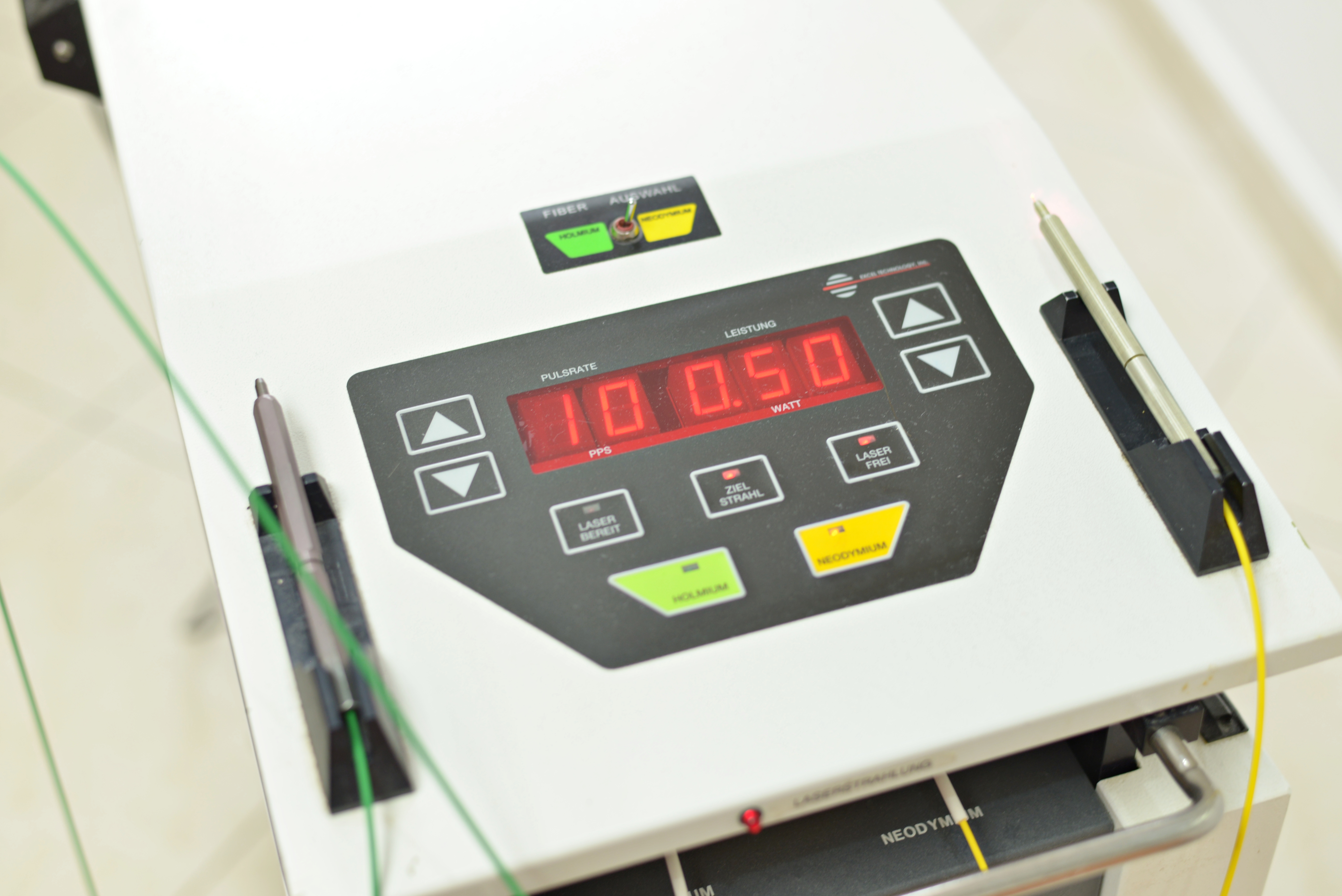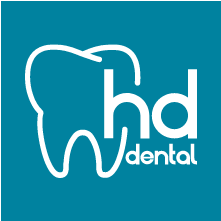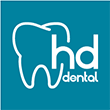Our high tech
devices
Dental devices
at the highest stage
dental lasers
High tech dental lasers
At the beginning of the 90s, the first dental laser came on the market. The first generation was intended only for the treatment of soft tissue and was approved by the American Food and Drug Administration (FDA). The application to hard tissue such as tooth or bone was approved in 1996.
The benefits of a dental laser are a lower likelihood of complications after surgery and a reduced need for anesthetics. Due to the vaporization of the cells, there is no thermal trauma and thus the risks of alternative electrosurgical procedures (electro-tom) are avoided.
The healing phase is radically shortened and less painful, the vessels are sealed and the bleeding minimized. Most of the treatment can be performed microinvasively.
YAG laser
Nd:YAG lasers are used for soft tissue surgery in the oral cavity such as gingivectomy, removal of tartar and plaque, LANAP, lip tape removal, biopsy and blood clot delivery from graft donor spots.
The wavelength of the Nd:YAG laser is partially absorbed by pigments in tissue such as hemoglobin and melanin. These lasers are commonly used for wound toilet and for the disinfection of periodontal pockets. Its coagulant ability allows to seal treated bags. With a fiberglass transmitter root canals can be sterilized, dramatically increasing the success rate of root canal treatments.
Holium laser
The holium laser is also suitable for soft tissue treatment, especially for frenectomy (lip band removal) and tissue management.
Erbium Waterlase
The Biolase Waterlase is used to treat hard tissue, e.g. for root tip resection, for external sinus lift (jaw assembly), for bone shaping and for the preparation of tooth cavities. In addition, we can use the laser for almost all soft tissue treatments.
Helium neon laser
The helium neon laser is used to relieve pain after surgery and is a very good tool against dentin sensitivity.
How does a dentist laser work?
The word laser stands for light amplification by radiation stimulation. A bundled light energy emission is focused on a very small area. In dental lasers, this energy is pulsed.
Mode of operation
When the laser energy hits the cells, they are powdered. The pulse intervals are so short that the cell can not absorb oxygen, which would be necessary for the combustion processes. Therefore, they do not burn, but fizzle – so no thermal damage can occur.
Advantages of the dental laser
- less pain
- better and faster healing
- significantly reduced risk of reinfections
- no rotating instruments (so no typical “dentist noise”), no scalpel
- Non-contact treatment concept, as there is always about two millimeters distance to the treated object
Laser application is usually a bit more expensive than traditional treatments, but success rates and pain reduction are definitely higher.

media

 AT: +43 676 933 3778
AT: +43 676 933 3778
